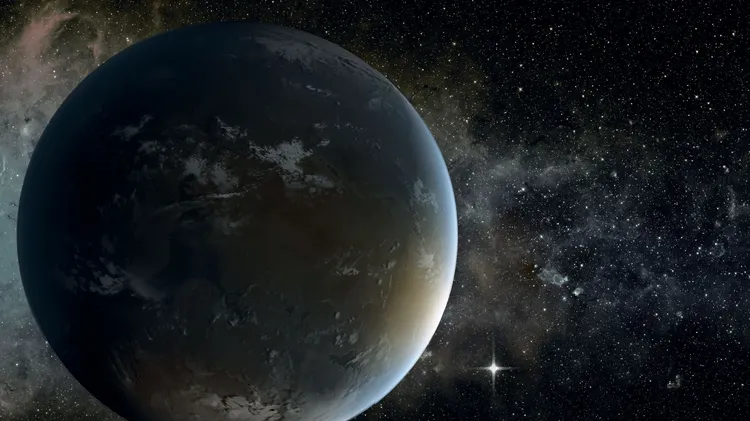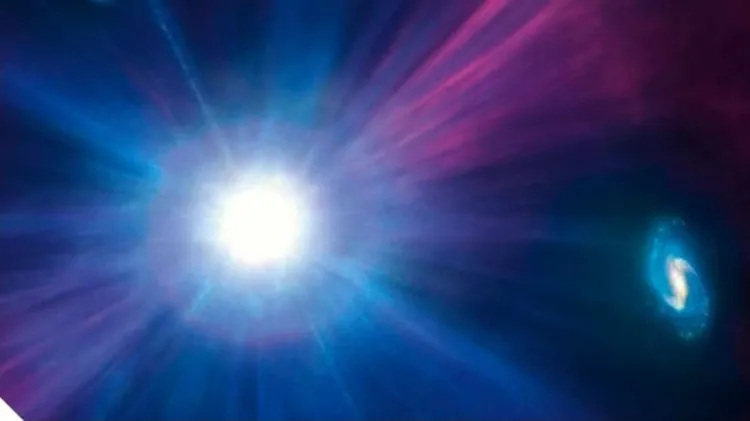The James Webb Space Telescope
Scientists discover a tiny star hidden inside a giant supernova
1 min read
This article is from...
Read this article and 8000+ more magazines and newspapers on Readly






